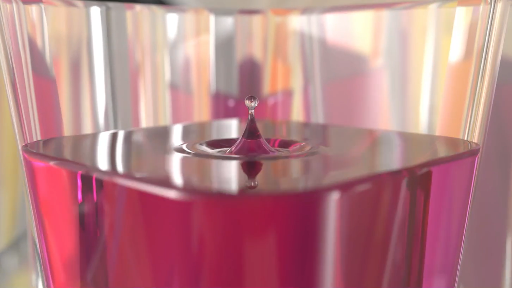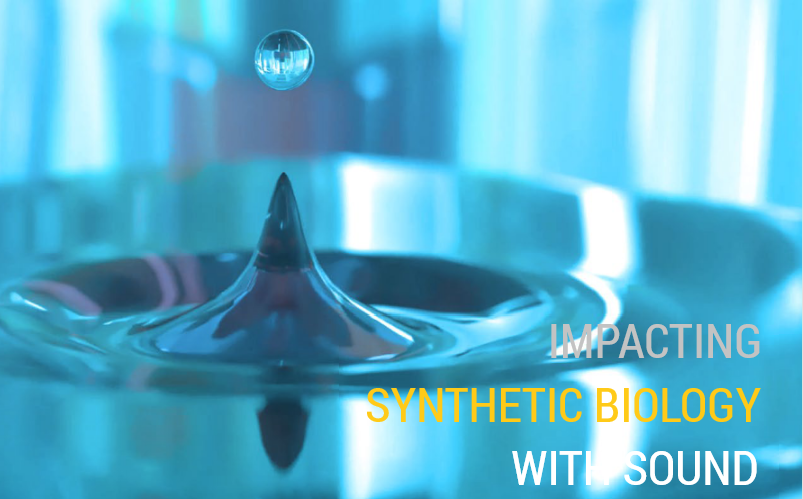New automation solutions allow automation of entire workflows in laboratories. In this way, bottlenecks are removed, and equally qualitative and precise results can be achieved much faster, at a lower cost and with greater flexibility.
Translated interview for Mediaplanet for Knowledge for Growth 2021 by Joris Hendrickx.
Interview with Luc Van Laer, Product Manager Genomics & Automation at Analis.

Within your activities, what are the most remarkable developments?
" Analis
is a distributor of scientific instruments in the Benelux.
We offer great added
value by combining the solutions of various suppliers and then bringing that
whole package to the market. We have a very extensive range of products,
particularly in the field of
genomics
.
This enables us to offer products for each step of the genomics workflow.”
“This is also the field where the biggest (r)evolutions have taken place in recent decades, just think of the new developments in nucleic acid sequencing (next generation sequencing), allowing us to map out certain diseases very quickly. This technology has also proven to be of enormous value for the rapid development of COVID-19-vaccines."

What technologies are you using to respond to new and changing needs through COVID-19?
" One of our suppliers was the first company to market a RT-PCR kit for COVID-19 testing outside of China. This has opened a lot of doors for Analis during the pandemic. By the way, before the sample is ready for the PCR test, the virus must be removed from the sample collection medium. This is done by means of RNA extraction. In our product portfolio we have kits and instruments that allow that process to be automated.
With the explosion in worldwide demand for tips and plastics for COVID-19-testing, it is more than ever clear that pipetting with tips offers some disadvantages. It is impossible for manufacturers to scale up production quickly enough to meet the tip demand for COVID testing. Some laboratories have been forced to switch to alternative pipetting tips, and in that case it is crucial to be able to control the quality and precision of the volumetric transfers. We offer products that allow for easy quality control.”

“We also have a revolutionary technology in our product portfolio for moving liquids in very small quantities very quickly and with very high precision, without physical contact. That provides a lot of advantages over the classic way of pipetting and even over automated pipetting by robots."
So how exactly does it work?
" Specifically, the movement of the liquid is done using sound waves. Under the liquid to be transferred, passes a sensor that detects the volume within the well, as well as the properties of the liquid. From that, it derives the energy required to move one or more 2,5 nanoliter drops. Sound waves then ensure that the desired volumes are shot to a plate that hangs upside down above the filled container. This method is not only very fast and precise, it is also very flexible. "
Unlike traditional liquid handlers, you are no restrained by the physical limitations of your pipette. You can shoot from one source to different locations on the destination plate, with any liquid and any volume. Moreover, this allows you to miniaturize the volumes. This has also been a huge advantage for COVID-19 testing, because it allowed to do 10 to 50 times more PCR assays with the same material and cost." DISCOVER
“In pharmaceutical research and development and drug repurposing studies, the contactless transfer of very small amounts of liquid enables rapid screening at a much lower cost and allows already approved drugs to be tested for other therapies or treatments."
What is the added value of these technologies for cancer research?
" In cancer research, the non-contact movement of very small volumes of fluids allows to quickly investigate what existing medication could also be used for, whether or not in combination with other medication. If drug repurposing would be done with larger volumes, it would simply be too expensive. You would have to have all those molecules and mix them in various proportions to see whether they are effective.”

And within the field of synthetic biology?
" Within this field of research, one modifies biological organisms to perform specific tasks. For example, CRISPR/Cas9 - a gene-editing technique whose founders received the Nobel Prize in Chemistry last year - is used to modify DNA at certain well-defined sites. This cutting and pasting of DNA creates new synthetic genes that allow, among other things, the production of new drugs, proteins, enzymes or other molecules. The non-contact dispensing technology with sound waves is crucial for synthetic biology workflows because high-quality synthetic DNA constructs can be produced on a smaller scale - and thus cheaper and, above all, much faster.

